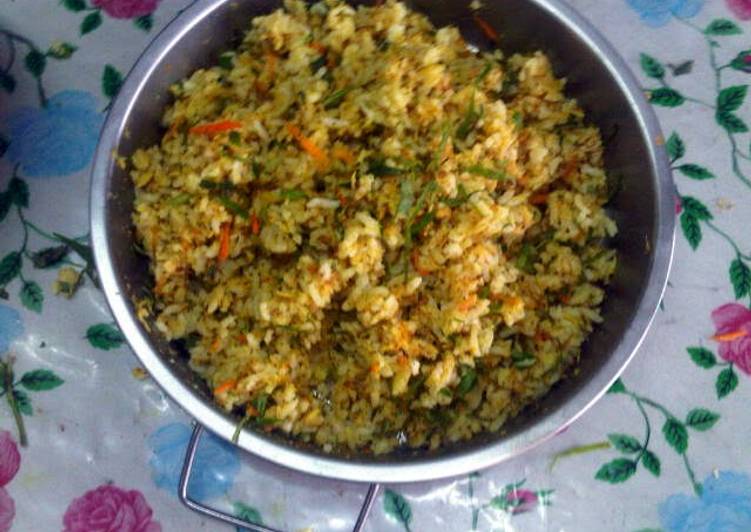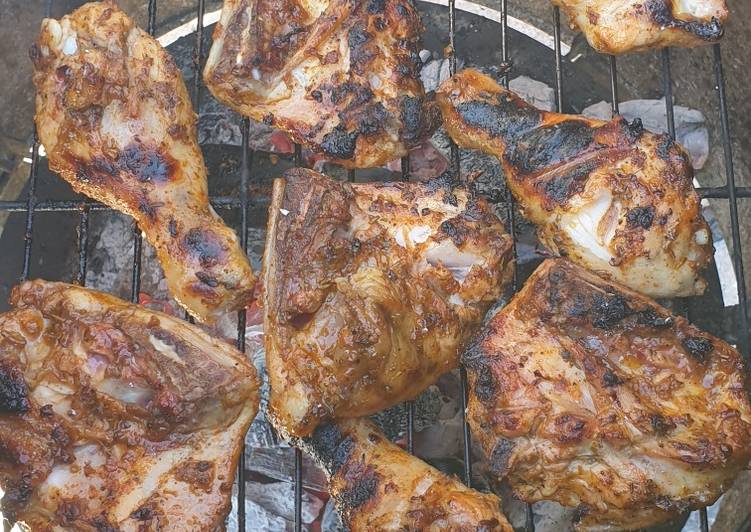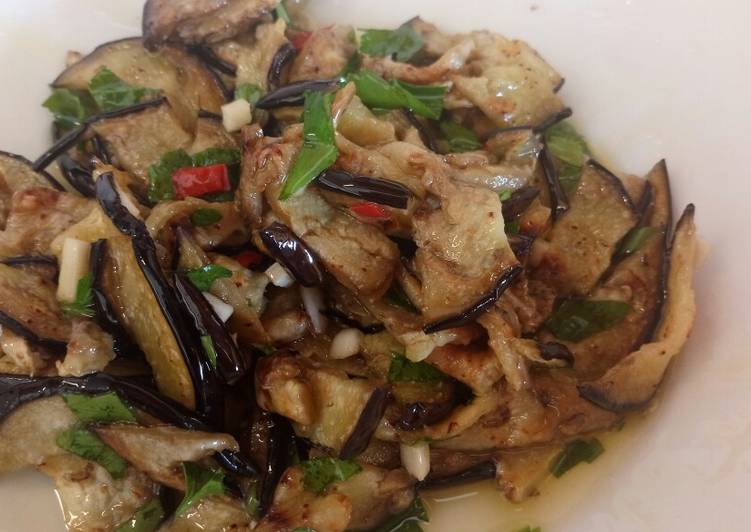
Hey everyone, hope you’re having an amazing day today. Today, I will show you a way to prepare a special dish, chinese peranakan mixed herbs rice - nasi ulam. It is one of my favorites food recipes. For mine, I am going to make it a bit unique. This will be really delicious.
Chinese Peranakan Mixed Herbs Rice - Nasi Ulam is one of the most well liked of recent trending meals on earth. It is simple, it is fast, it tastes yummy. It is appreciated by millions daily. Chinese Peranakan Mixed Herbs Rice - Nasi Ulam is something which I have loved my entire life. They’re nice and they look fantastic.
Today i'll be sharing a traditional Peranakan Nyonya recipe which will be the Nasi Ulam. This is a healthy dish passed down by my. The use of raw herbs mixed into rice is unknown in the original Hokkien cuisine from which many Baba Nyonyas derive from.
Recipe of Chinese Peranakan Mixed Herbs Rice - Nasi Ulam
To get started with this particular recipe, we must first prepare a few components. You can cook chinese peranakan mixed herbs rice - nasi ulam using 14 ingredients and 7 steps. Here is how you can achieve it.
Ingredients
The ingredients needed to make Chinese Peranakan Mixed Herbs Rice - Nasi Ulam:
- Take 3 grams bowl of cooked white rice
- Take 1/2 cup grated coconut
- Prepare 4 stick lemon grass
- Make ready 2 stick torch ginger bud
- Take 1 clove ginger
- Prepare 100 grams dried shrimps
- Get 2 clove turmeric
- Get 3 turmeric leaves
- Take 20 peppermint leaves
- Get 4 kaffir leaves
- Prepare 20 grams black/white pepper
- Take 100 grams salted fish (Kurau/threadfin)
- Take 5 clove Shallots
- Take 10 cashew leaf shoots
Nasi ulam is a traditional Betawi and Malay dish of steamed rice (nasi) served with various herbs and vegetables (ulam), commonly found in Indonesian and Malaysian cuisines. "I love eating this flavorful rice salad for a light lunch during summer. Unless you're a stickler for tradition, you can add whatever herbs you have Choose between cilantro and parsley; between Italian basil and Thai basil. Don't throw in the herbs while the rice is still warm, the herbs will blacken. This nasi ulam recipe comes from my friend James Oseland's cookbook, Cradle of Flavor.
Instructions
Steps to make Chinese Peranakan Mixed Herbs Rice - Nasi Ulam:
- cooked white rice to be cool down for an hour
- grated coconut to be fried in low heat without oil until slightly brown with minor aroma
- pound dried shrimps and pepper to sea sand size
- cut all other ingredients to millimeters size
- put rice in big bowl and mix with all the other ingredients
- add salted fish at the final stage to control saltiness of dish
- for vegetarians replace fish and shrimp with salted branches and sea salt
Use a spatula, spoon, or your hands to mix the seasonings. Add the rice, and gently mix. Nasi means rice in Malay while ulam means the assortment of herbs served during meal. Nasi ulam nyonya is the herbs are sliced or chopped and mixed with rice and other ingredients. After getting all the herbs / ulam and ingredients that I need from Chow Kit Wet Market I am ready to cook.
As simple as that Easiest Way to Prepare Chinese Peranakan Mixed Herbs Rice - Nasi Ulam
So that is going to wrap it up with this exceptional food chinese peranakan mixed herbs rice - nasi ulam recipe. Thanks so much for your time. I’m confident you can make this at home. There’s gonna be more interesting food in home recipes coming up. Don’t forget to save this page in your browser, and share it to your loved ones, colleague and friends. Thanks again for reading. Go on get cooking!
Print this page


